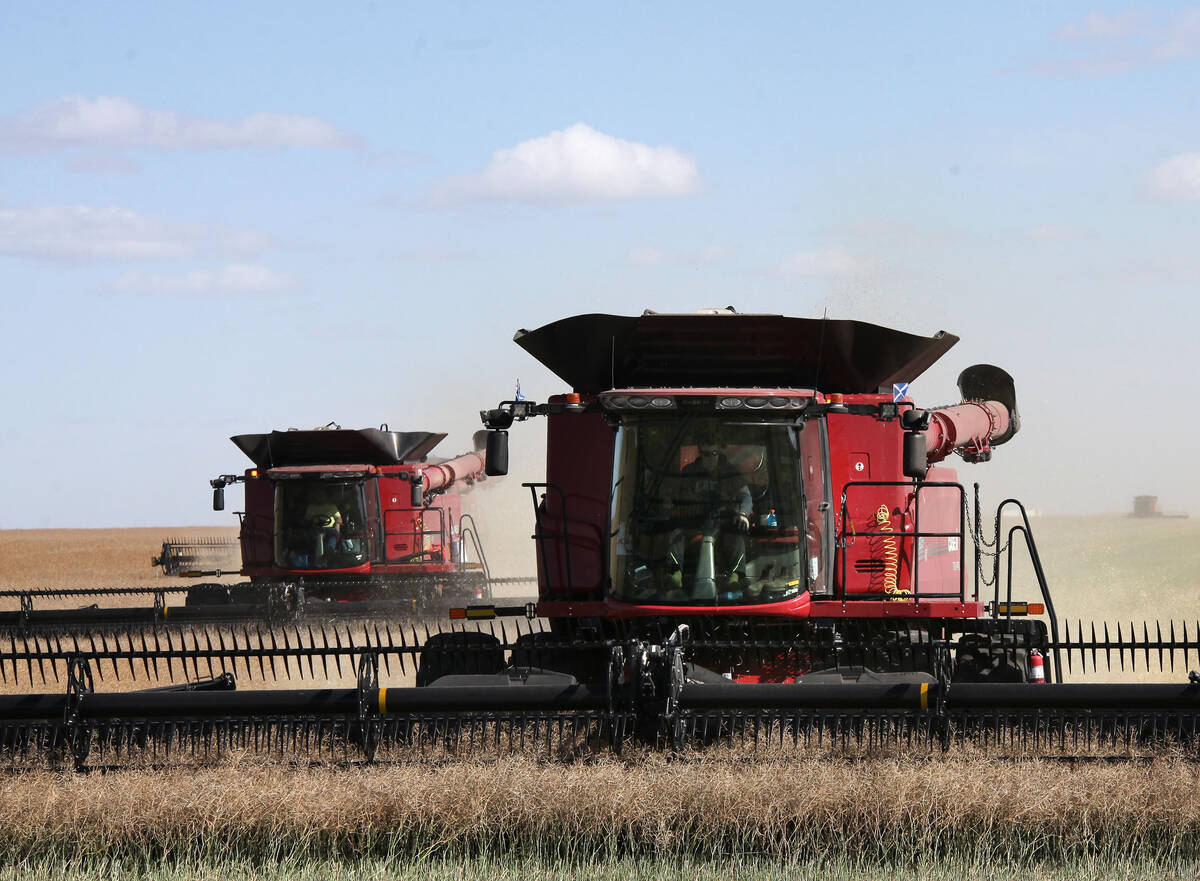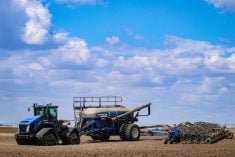MarketsFarm — The average oil content of Canada’s canola crop came in well below normal in 2021-22, according to the final quality report for the year from the Canadian Grain Commission (CGC).
The average oil content came in at only 41.3 per cent for the year, which compares with 44.1 per cent the previous year and the five-year average of 44.4 per cent. The oil content marked the lowest level in data going back to 2000, with the next lowest at 41.8 per cent in 2003.
With oil content down, protein levels were up on the year. The average crude protein for No. 1 canola came in at 24 per cent, well above the 20.8 per cent reported the previous year and the five-year average of 20.5 per cent.
Read Also

Notable changes in exports to China, India
China and India figured prominently in the September export data issued by the Canadian Grain Commission on Nov. 7. For the most part, the CGC’s numbers highlighted issues with grain, oilseed and pulse exports from licensed facilities to those countries.
“Research has shown that there is a strong inverse relationship between oil content and protein content in canola seeds,” the CGC said.
Warm and dry conditions across the Prairies “were ideal to produce a poor yield for western Canadian canola,” the CGC said in the report. Total production came in at 12.645 million tonnes, according to Statistics Canada, down by 7.64 million from the five-year average.
The overall quality of what was grown was high, with 90.6 per cent of the samples studied grading No. 1. That was up slightly from 90.5 per cent in 2020 and compares with the five-year average of 88.1 per cent.
The best quality crops were seen in Saskatchewan, where 94.3 per cent of the crop reached No. 1. Meanwhile, only 84.2 per cent of samples from the Peace River region of northern Alberta graded as No. 1.














